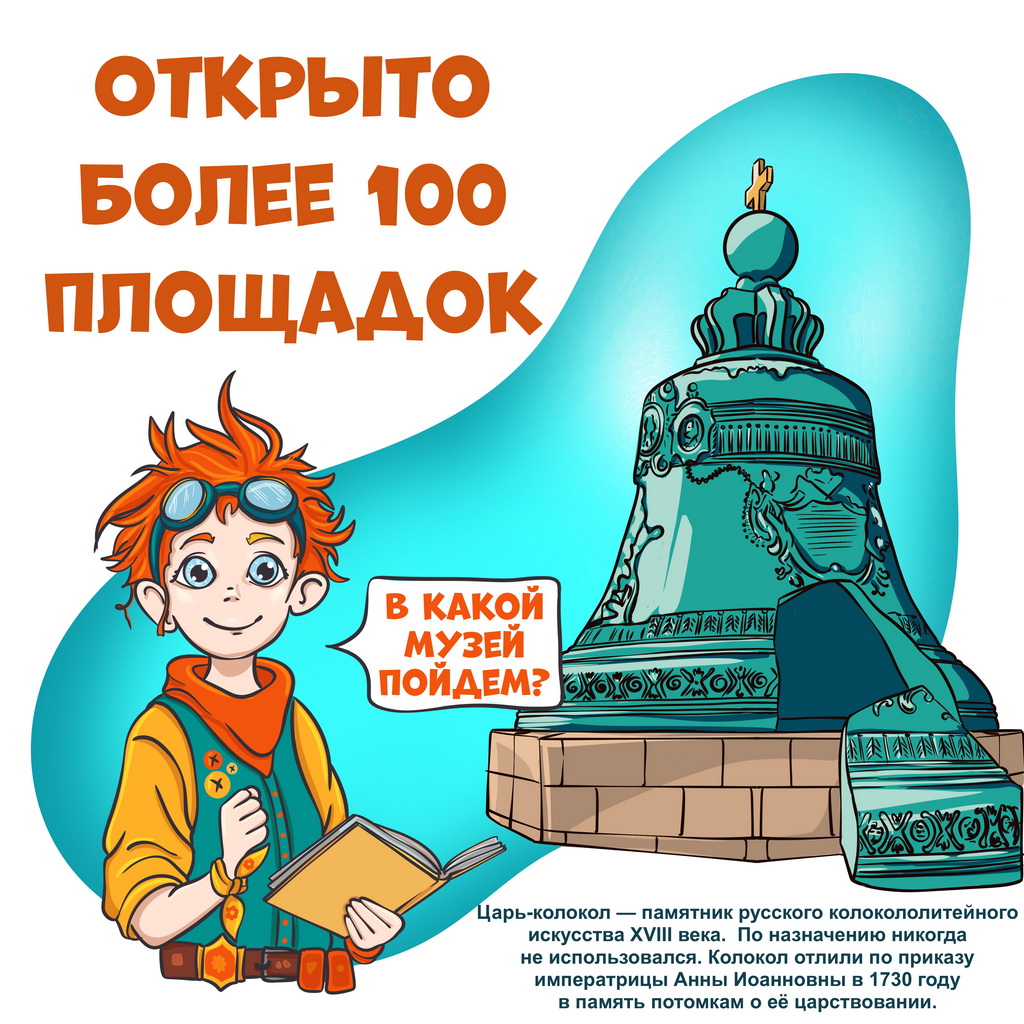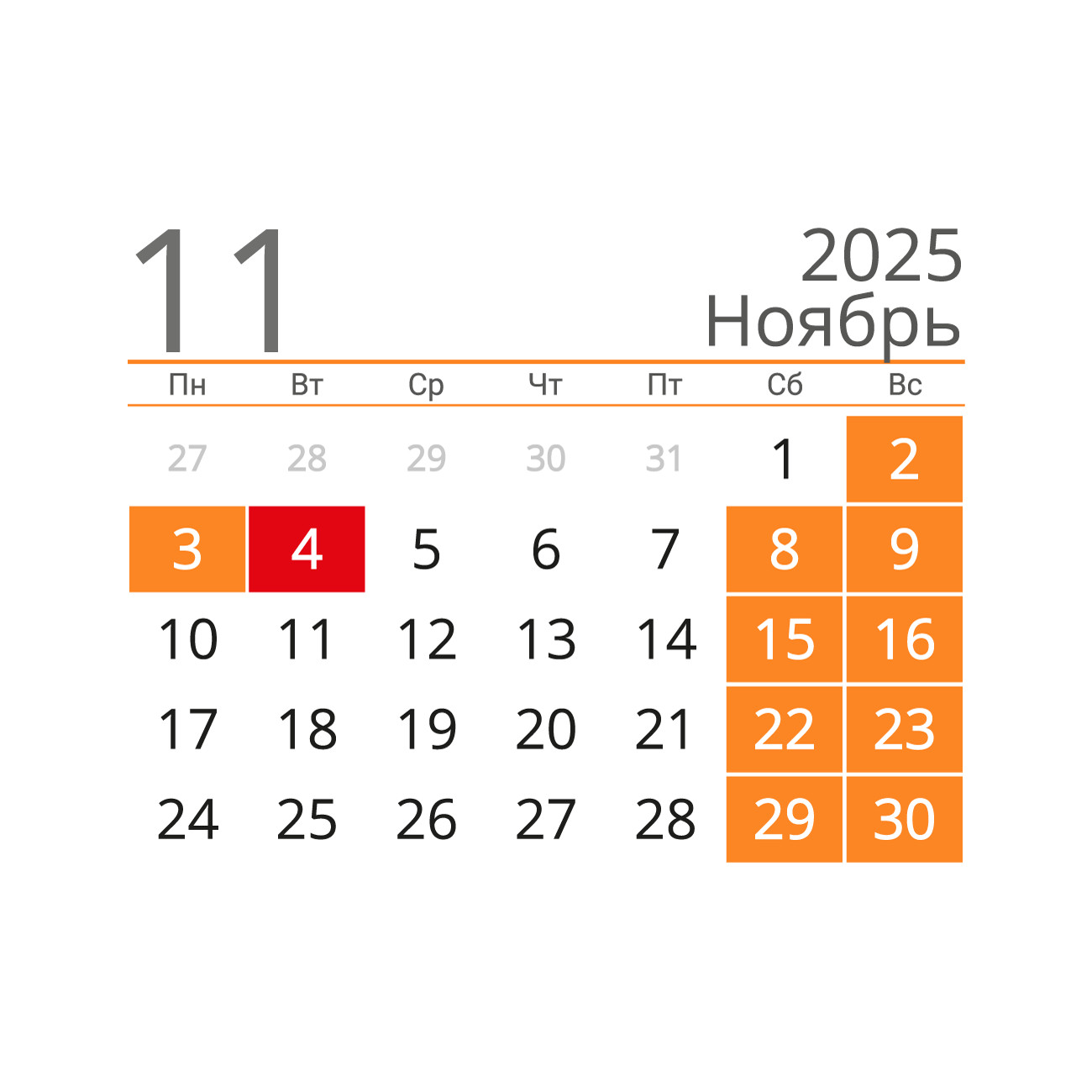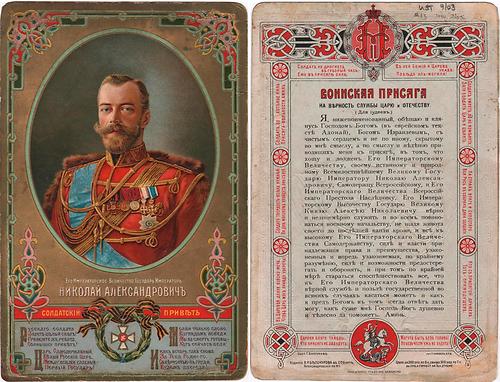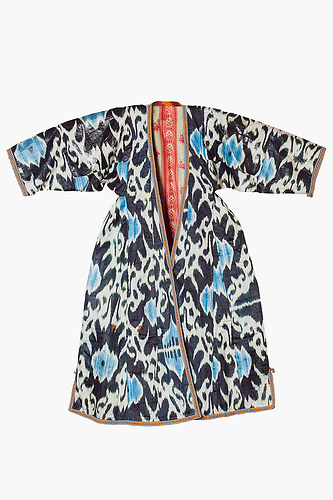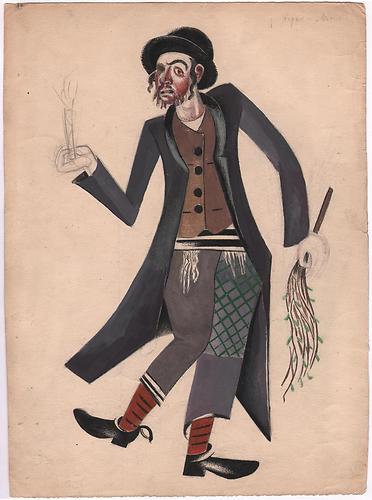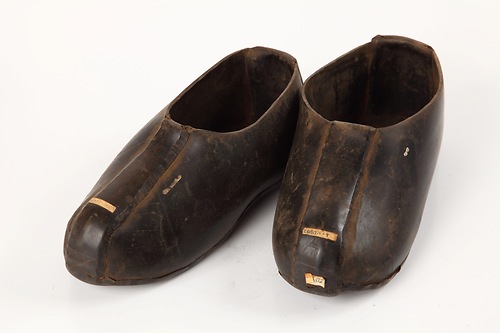The Museum welcomes participants of the "Museums. Parks. Manors." School Competition
The 13th season of "Museums. Parks. Manors" School Competition has now been launched! Our Museum will join it and open its doors for eager participants on Friday, October 10th.
We strongly advise students to familiarize themselves with the rules of admission and conduct on the Museum premises before registering as a competitor at our Museum.
The participants' age categories we accept are exclusive to 8th-9th and 10th-11th grades! Participants are welcome to visit on Monday, Tuesday, Thursday, and Friday from 12:00 PM to 7:00 PM. Prior booking by phone 8 (495) 656-45-71 is required. One can participate in the competition on-site only AFTER completing our Museums' online quiz. All the relevant information will also be published on the "Museums. Parks. Manors." website. Before registering, please review this information on the Museum's page there: https://museum.cpm.moscow/museums/169 or on our own website: www.mievr.ru.
"Museums. Parks. Manors." School Competition is organized jointly by the Municipal Departments of Education and Culture. The Museum for Jewish History in Russia does not provide answer sheets or register new competition participants.
